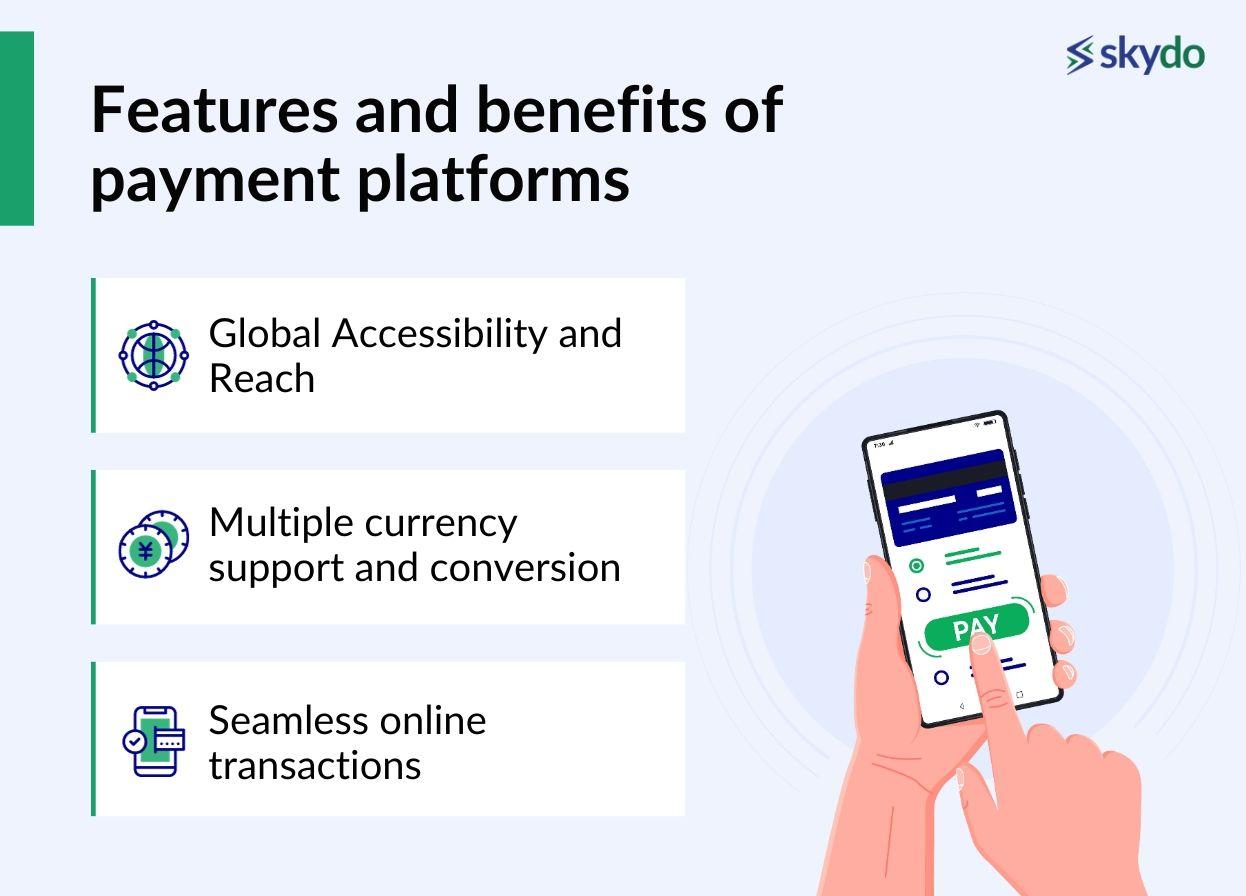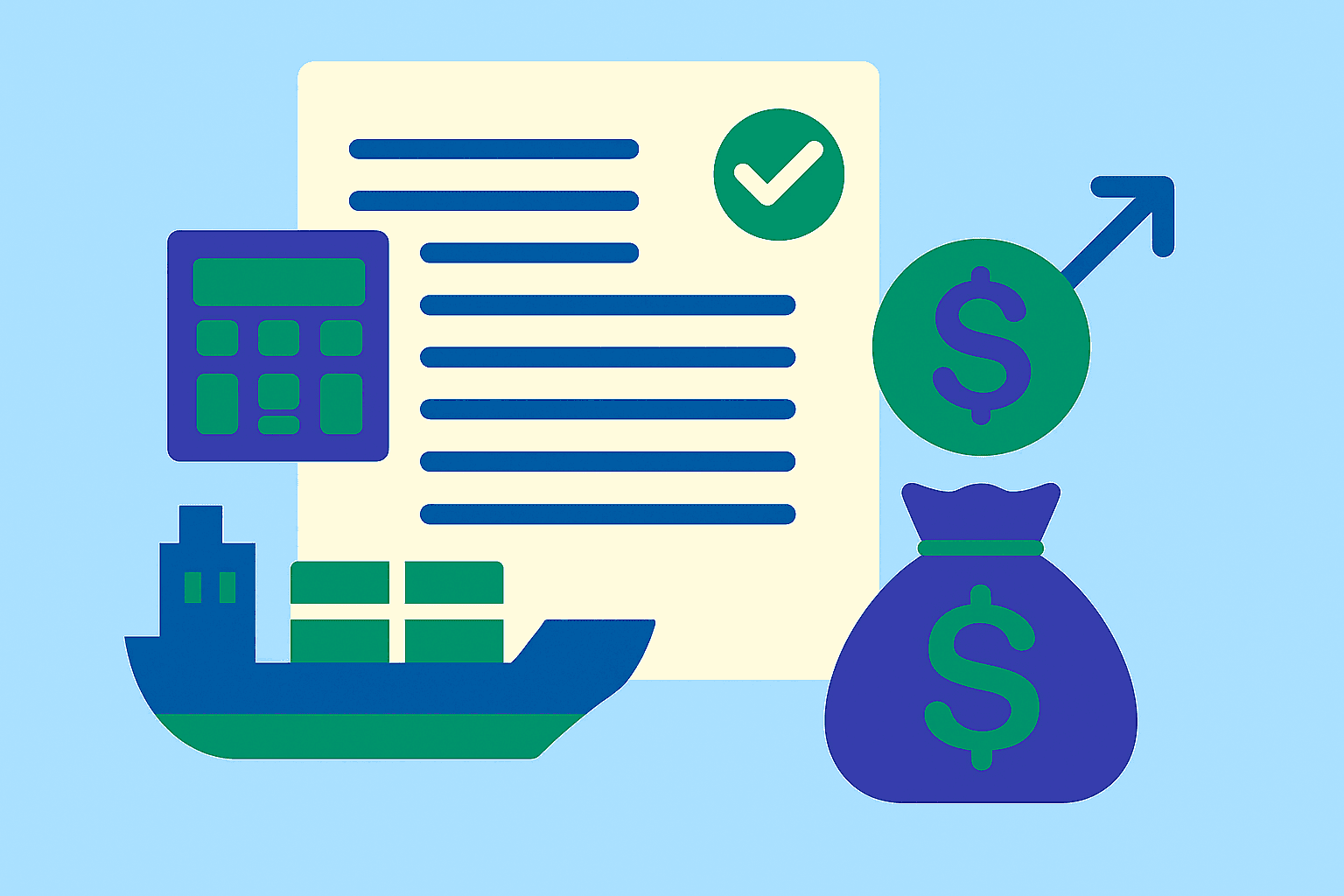EEFC Account vs Payment Platforms


For exporters, managing foreign exchange earnings is crucial. Despite a significant increase in cross-border transactions, sending and receiving international remittances in India via traditional banking remains challenging and costly due to multiple fees and regulatory hurdles.
However, thanks to innovations in fintech and traditional banking, cross-border transactions are increasingly becoming less complex . Now, exporters can use Exchange Earner’s Foreign Currency (EEFC) accounts or cross-border payment platforms like Stripe and PayPal to handle global payments more seamlessly, avoiding many of the usual hassles. But which option is best for you? Is there a more convenient and cost-effective way to manage your foreign exchange earnings? Let’s dive in and find out.
EEFC accounts are current accounts, offered by AD Category I Banks that allow you to retain income received from abroad in its original currency for up to 60 days. Being current accounts, EEFC accounts do not yield any interest. Each bank offering EEFC Accounts supports a specific number of currencies and you can also hold multiple currencies in a single account. The accounts were primarily created to help exporters manage their foreign exchange earnings, however, it is open to companies, individuals and joint account holders.
Currently, multiple AD Category I banks in India offer EEFC accounts including DBS, ICICI, HDFC, Axis Bank and many more.
However, it's always a good idea to speak with the bank first to confirm their services.
EEFC Account Eligibility
Residents of India, whether individuals or companies earning foreign exchange, are eligible to open EEFC accounts. However, entities in Special Economic Zones (SEZs) cannot open EEFC accounts, though they can open a foreign currency account
Exchange Earner’s Foreign Currency (EEFC) Account Benefits
Let’s take a moment to understand the benefits of EEFC accounts.
1. Retention of foreign exchange earnings
Traditional bank accounts do not allow holding money in foreign currencies. When you receive funds in a standard bank account, it is mandatory to convert funds into INR irrespective of the current exchange rate.
However, an EEFC account allows you to receive and retain money in foreign currencies for up to 60 days. Account holders can make cross-border payments using the same foreign currency and only convert the balance.
2. Hedging against currency fluctuations
The value of INR against foreign currencies fluctuates daily based on demand and supply factors. Individuals or companies that receive payments in foreign currencies can lose out on the money value if the exchange rate is unfavourable, and they compulsorily have to convert the foreign currency into INR.
With an EEFC account, account holders can analyse the currency market for over a month and convert the foreign currency only when the exchange rate is favourable.
3. Simplified international transactions
Traditional bank accounts follow the double-conversion process where you have to convert the foreign currency you receive to INR and then again convert INR to the desired foreign currency to make international payments.
An EEFC account eliminates the double-conversion process and allows account holders to retain foreign currency and make direct payments using the available foreign currency funds.
Limitations of EEFC Accounts
The Reserve Bank of India regulates the cash flow between India and foreign countries. Accounts such as EEFCs are effective alternatives to the cumbersome conversion process of traditional bank accounts. However, with stringent regulations, EEFC accounts come with some disadvantages.
1. Limited Retention Duration
Although EEFC accounts allow you to retain foreign currencies, the duration is limited. You must convert the balance funds in the accounts compulsorily to INR on or before the last day of the next month. For example, if you receive foreign payments in your EEFC account, on 16th May, you need to convert it to INR by 30th June, after which it will be automatically converted.
Additionally, you can only retain the funds without conversion if they are for prior commitments or approved purposes.
2. Fees and charges
EEFC accounts help exporters save on double currency conversion and transaction fees. However, banks still impose various ancillary charges that can quickly add up. For instance, transfers to your EEFC account are processed via SWIFT, which incurs a SWIFT fee. Additionally, banks often apply a foreign exchange markup or currency conversion fee when converting your foreign earnings to INR. Moreover, banks may charge for extra services like providing FIRA
Payment Platforms: All You Need to Know
Cross-border payment platforms are gateways or applications that allow individuals or companies to make or receive payments in various currencies. These payment platforms work as middlemen between the payer and the receiver through their transaction processing technology.
The transaction processing technology transfers the payer's payment information to the receiver's account. Account holders can convert their funds into different currencies for cross-border payments. However, payment platforms can choose to levy a markup on the current exchange rate.
Features and Benefits of Payment Platforms

1. Global Accessibility and Reach
Payment platforms like Stripe and PayPal are available in nearly all major countries, serving both residents and registered business entities. These platforms enable businesses to expand their customer base globally by accepting payments from customers worldwide.
Additionally, individuals and businesses can receive real-time payments directly from any foreign entity with an account on the same platform
2. Multiple Currency Support and Conversion
For businesses operating internationally, payment platforms often support multiple currencies, allowing them to accept payments from customers worldwide.
For instance, PayPal operates in over 200 countries and supports 25 currencies. This means you can convert your held currency into any of the other 24 currencies, making cross-border payments hassle-free.
3. Seamless Online Transactions
Payment platforms simplify transactions for businesses and customers by enabling electronic payments, eliminating the need for physical cash or checks. These transactions are executed in real-time and reflected immediately in the accounts.
Additionally, most payment platforms offer e-commerce features, allowing account holders to use their funds for international online purchases with ease.
Challenges of Payment Platforms
While payment platforms offer numerous benefits, they also come with their fair share of challenges and considerations.
1. Transaction Fees and Exchange Rate Markups
Payment platforms charge fees for their services, including transaction fees and monthly subscription costs. Most payment platforms also charge an exchange rate markup fee that can significantly reduce the net returns when converted into local currency.
For example, PayPal charges an exchange rate markup of 4%, effectively reducing your received amount by 4% after conversion.
2. Security and Fraud Concerns
Payment platforms are attractive targets for cyberattacks. However, most platforms today are embracing stringent security measures to minimize the chances of cyberthreats.
3. Limited Control Over Funds During Disputes
nlike EEFC accounts, where account holders must handle regulatory compliance, payment platform aggregators take on this responsibility.
However, if there is any legal or regulatory non-compliance, customers might face limited control over their funds. Authorities could seize the funds or blacklist the platform, causing potential disruptions.
Comparing EEFC Accounts and Payment Platforms
For a better comparison, here is a comprehensive side-by-side table comparing EEFC accounts and payment platforms.
| Particulars | EEFC Accounts | Payment Platforms |
|---|---|---|
| Nature | Type of bank accounts designed to let the owners hold foreign currencies in India. | Digital tools or applications that facilitate electronic multi-currency transactions, including online payments and transfers. |
| Purpose | Primarily used for the retention of foreign currency earnings by Indian residents. | Used for many multi-currency activities such as international transactions, online shopping, bill payments, etc. |
| Regulations | Governed by the Reserve Bank of India (RBI) under FEMA regulations, and there are restrictions on how the funds can be utilised. | Regulated by financial authorities based on the country or region they operate in. They need to comply with data security, anti-money laundering (AML), and other financial regulations. |
| Account Opening | Only authorised dealers, such as banks and some financial institutions, can open these accounts. | Anyone with basic identity proof, email, and mobile numbers can open these accounts. |
| Interest | They are current accounts and do not provide interest benefits. | These accounts do not bear the benefit of interest, irrespective of the held funds. |
| Transaction Types | These accounts are not meant for daily transactions or regular business operations but to park foreign currency earnings. | These accounts are meant for many transaction types, from simple peer-to-peer transfers to e-commerce transactions and business payments. |
| Costs Involved | The applicable transaction and exchange-rate costs varies across banks | The applicable transaction and exchange-rate costs are relatively higher than payment platforms. |
Manage your foreign exchange earnings better with Skydo
At Skydo, we recognize the challenges of traditional banking and the high fees often charged by various payment platforms. That’s why we offer businesses and freelancers a fast, secure, and less expensive way to receive international payments. With Skydo, you can set up an international bank account in less than 5 minutes. Your foreign clients can pay into this account, making it a local transfer and eliminating SWIFT charges.
Further, we convert your foreign earnings to INR at live forex rates, without any markup or currency conversion fees, ensuring you keep more of your earnings. All we charge is a flat transaction fee: USD 19 for remittances below USD 2000 and USD 29 for remittances over USD 2000. And yes, you also receive an instant FIRA for every transaction at no extra cost, helping you stay compliant.
Switch to Skydo and simplify your international payments while maximizing your earnings. Click here to learn more about how Skydo increased the success rate of international payments.
Conclusion
EEFC accounts are tailored for specific use cases related to foreign currency earnings, while payment platforms are more versatile tools for general financial transactions. The choice between the two depends on the user's specific needs and requirements, especially in managing foreign currency earnings and conducting cross-border payments.
Analyse your personal or business needs and determine which account option would mitigate unnecessary costs and compliance complexities.
Frequently Asked Questions
Q1. What is the disadvantage of an EEFC account?
Ans: The disadvantage of an EEFC account is its limited retention duration, requiring conversion of funds into INR within a specified timeframe, usually on or before the last day of the next month or 60 days maximum.
Q2. What is the difference between EEFC and foreign currency account?
Ans: EEFC accounts are tailored for Indian residents to manage foreign currency earnings, while foreign currency accounts are more general and may not have the same regulatory restrictions.
Q3. Do banks pay interest on EEFC accounts?
Ans: Banks do not pay interest on EEFC accounts, as they are considered current accounts without interest benefits.
Q4. How much foreign exchange earnings can be credited into an EEFC account?
Ans: A substantial portion of one's foreign exchange earnings can be credited into an EEFC Account, allowing for a limited retention duration, typically up to 60 days, before conversion into INR, subject to regulatory restrictions.
Q5. Who can open an EEFC account?
Ans. Any resident of India can initiate an EEFC account, including individuals and entities like companies, who fall under the category of foreign exchange earners.












